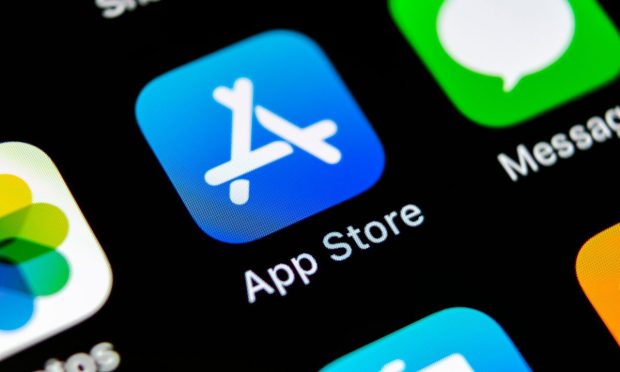Apple’s App Store Uncertainty May Have Revenue Repercussions

You can’t spell Apple without “app.”
All joking aside, with the uncertainty surrounding the tech juggernaut’s app store business model there may be a bit of uncertainty over just what happens to its services revenues.
And it is the services business, with all its attendant moving parts, that will determine the longer term fortunes of the company.
We got a glimpse of just how important the line item is in the company’s latest earnings report, at the end of the month.
See: Apple Services, Wearables, 5G Devices Drive Record Quarter That Defied Supply Chain Woes
App Store Economics
The App Store has paid developers selling digital goods and services through its platform more than $260 billion, with 2021 setting its own new record.
Apple’s services ecosystem grew 24% to $19.5 billion in revenues in the latest quarter, which in turn accounted to 15.7% of the consolidated top line. We note that’s more than the 14.2% increase seen last year. So it’s apparent that services, overall, are gaining ground. With a bit more granular detail, the segment contributed $14.2 billion to gross margins, more than a quarter of gross profit, up from a bit more than 24% last year. So it’s apparent, too, that relatively high-margin services can do much to improve operating margins.
But as reported this week, the Senate Judiciary Committee has passed a tech competition bill that targets the Google and Apple app stores and the restrictions they place on developers. Among the changes, these firms — and in general, companies that have app stores with more than 50 million users — would be restricted from requiring developers use the companies’ payment systems in order to get their products and services delivered to end users.
We’ve seen at least some shifting here, where the company has lowered rates for the company’s Dutch App Store payments, lowering the commission to 27% from the previous 30%. That move comes in the wake of an order last month from the Netherlands Authority for Consumers and Markets. There are now three choices for payments: Through Apple’s own in-app purchase system if developers want, they can use a third-party payment system in the app, or they can include an in-app link that sends users to the developer’s website, where they can complete their purchases.
Read also: Apple Lowers Rates for Dutch App Store Payments
Here in the states, of course, there still swirls the controversy that over whether developers must use the company’s in-app payments systems.
Epic Games, as has been widely reported, has appealed a 2021 ruling that Apple’s App Store rules and restrictions didn’t violate antitrust law.
See also: Epic Games Mounts New Appeal in Case Against Apple
As Karen Webster wrote well before the current legal issues, before the app store became a focal point of jurisprudence, “consumers don’t (and won’t) choose apps based on the operating systems that enable them, but rather the use cases they support — and the now many connected devices that power them.” And that may make it hard to keep consumers locked into the Apple ecosystem (especially the payments component), where services is an increasingly critical component.
Read more: Why Me-Too Services Can’t Save Apple
